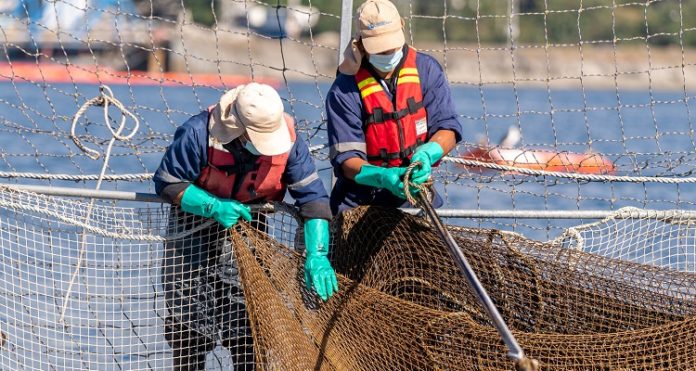During an inspection authorities found that nets at the facility had been intentionally damaged.
Officials from Chile’s National Fisheries and Aquaculture Service (Sernapesca) are investigating an escape incident at the San José collection center, located in the Canal Caicaen sector of the Calbuco commune.
Salmon producer Salmones Camanchaca reported an intentional attack on its San José Plant in Calbuco, resulting in the escape of some 2,168 salmon from the San José facility.
The incident, occurring overnight on January 1 and into the early hours of January 2, was confirmed as a criminal act by both the Maritime Authority and Sernapesca.
During an inspection on January 2, authorities found that nets at the facility had been intentionally damaged, leading to the escape of over 2,000 salmon. In response, Salmones Camanchaca activated its contingency protocols and commenced recapture operations, as per environmental regulations.
As of the latest update, 16% of the escaped salmon have been recovered. Recovery efforts, which resumed on Thursday, are expected to continue for the next seven days.
Alfredo Tello, the technical and sustainability manager at Salmones Camanchaca, emphasized the company’s swift response to the emergency and coordination with authorities.
“The first thing was to timely activate all the necessary procedures to deal with the emergency and stay coordinated with the authority and, the second thing, was to file a complaint with the Public Ministry. to account for this crime of which we have been victims,” said Tello.
Branny Montecinos, the Acting Regional Director of Sernapesca Los Lagos, said that the authority would continue to monitor the situation to ensure that the company complies with its contingency plan.
“This primarily involves the recapture of the fish and their final disposition at reduction plants. Due to the loss of traceability, these salmonids cannot be sent to processing plants for human consumption.”
These details will be included in a report to be submitted to the Superintendence of the Environment (SMA).









